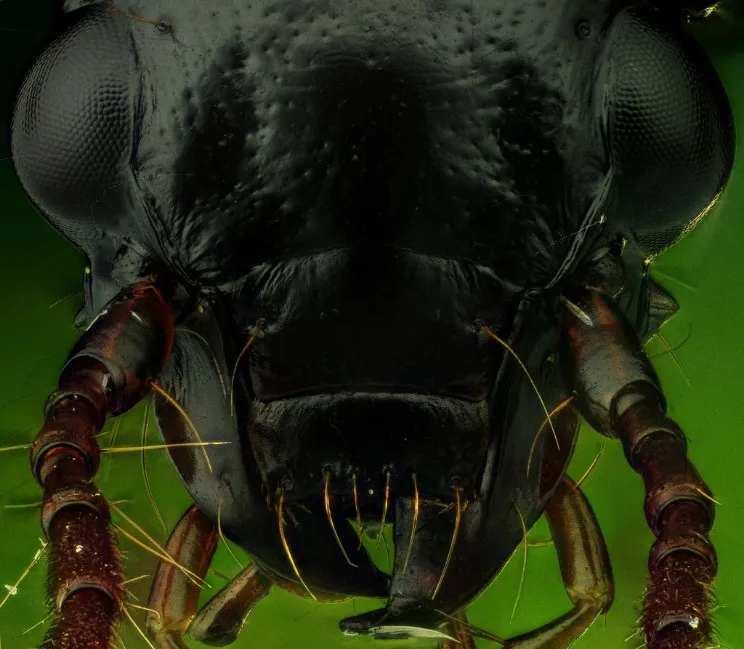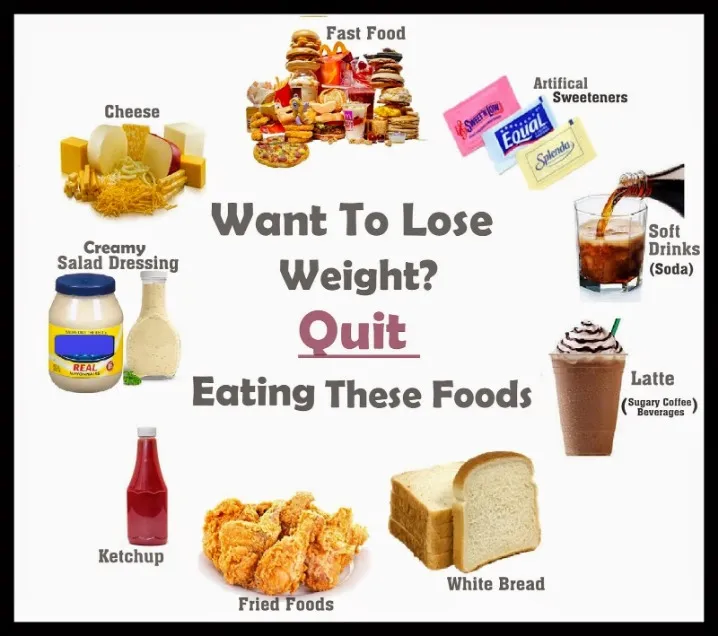Nutrition and feeding of dairy cattle PMC
Water requirements Mature dairy cattle should have access to 4 inches of linear water space, but no less. While this is a small space per animal, it is sufficient because all cattle do not drink at one time if they have continual access to water. Dairy cattle on pasture should have access to free-choice water at all times. Failing to provide adequate water will reduce production and result in feed intake.
Besides structure and feed prehension, Ca is needed for smooth muscle function and nerve impulse. Cows that experience hypocalcemia can also experience retained placenta due to the inability for the uterus to contract to release it. Mastitis can also occur as the keratin plug (an antibacterial physical barrier present in the streak canal) falls out due to the relaxation of the muscles within the teat end. This results in the ability for bacteria to enter the teat cistern and gland cistern of the hypocalcemic cow. Other disorders can occur such as ketosis due to reduced gastrointestinal tract motility and low caloric intake.
However, there are instances where more forages can result in adequate production. Heifers and dry cows are fed diets with a much greater proportion of forages than lactating cows due to the lesser nutrient requirements of cattle in these life-phases. Producers need to strive for the highest quality forage as it dictates the purchase of commercial grains and supplements. Higher quality forages (lesser NDF) will result in decreasing the need for purchased feeds and enhance the farm’s profits. As bacteria digest and ferment carbohydrates, VFA and carbon skeletons are formed.
Meeting the nutritional requirements of your beef cattle is an investment that yields dividends in the form of higher production, better quality of beef, reduced healthcare costs, and enhanced profitability. In the competitive and ever-evolving world of beef production, understanding the nutritional requirements of your herd is paramount. From the digestive system of cattle, and crucial nutrients, to balancing diets and managing nutritional Check this for Doeat.top The role of the consumer in shaping animal diets needs through various stages of production, this guide covers it all. Matching forage quality and quantity to the cattle nutritional needs is a key factor for optimal herd performance. Underfeeding nutrients can lower production and overfeeding can increase feed expenses and losses over net return. In the previous sections of this chapter, we have reviewed the different nutrients required for a successful dairy feeding program.

It ensures the smooth passage of food through the digestive tract, stimulates cud-chewing and aids in preventing disorders like acidosis and bloat. A fiber-rich diet, especially from forages, is critical to maintaining cattle’s digestive health. An essential aspect of cattle digestion is their symbiotic relationship with myriad microbes in their stomachs.
This represents the amino acids which are absorbed by the cow in the small intestine. It is comprised of RUP (rumen undegraded feed protein), microbial crude protein (bacteria and protozoal protein) along with endogenous protein (sloughed cells). This RUP is the protein that is subject to proteolysis and eventual digestion to amino acids which can be absorbed across the small intestine. Amino acids get absorbed by enterocytes in the small intestine, and get transported to the liver for utilization in that organ or transported to various tissues for use (growth, lactation, etc.). The resources supplied here are meant to be an aid for understanding nutrients, feedstuff terms, laboratory results, and animal nutrient requirements. They represent a starting point for balancing cattle rations with correct nutrient content to match a chosen level of productivity.




